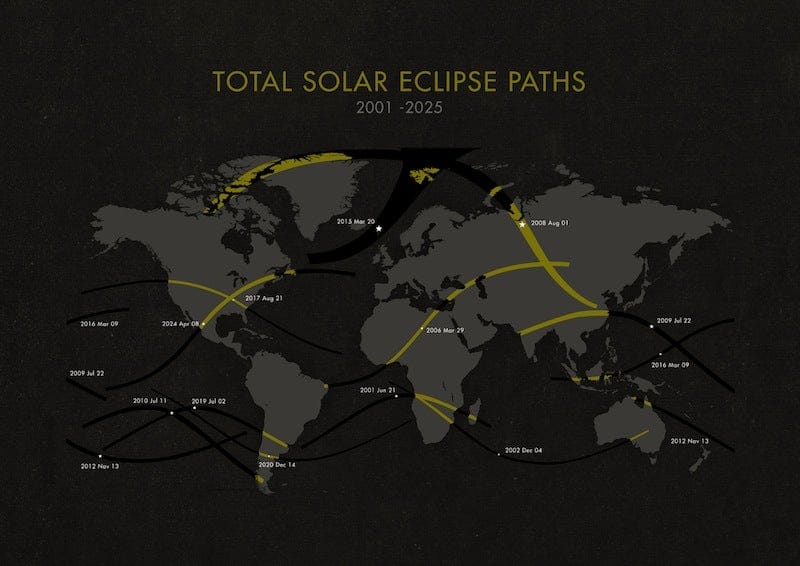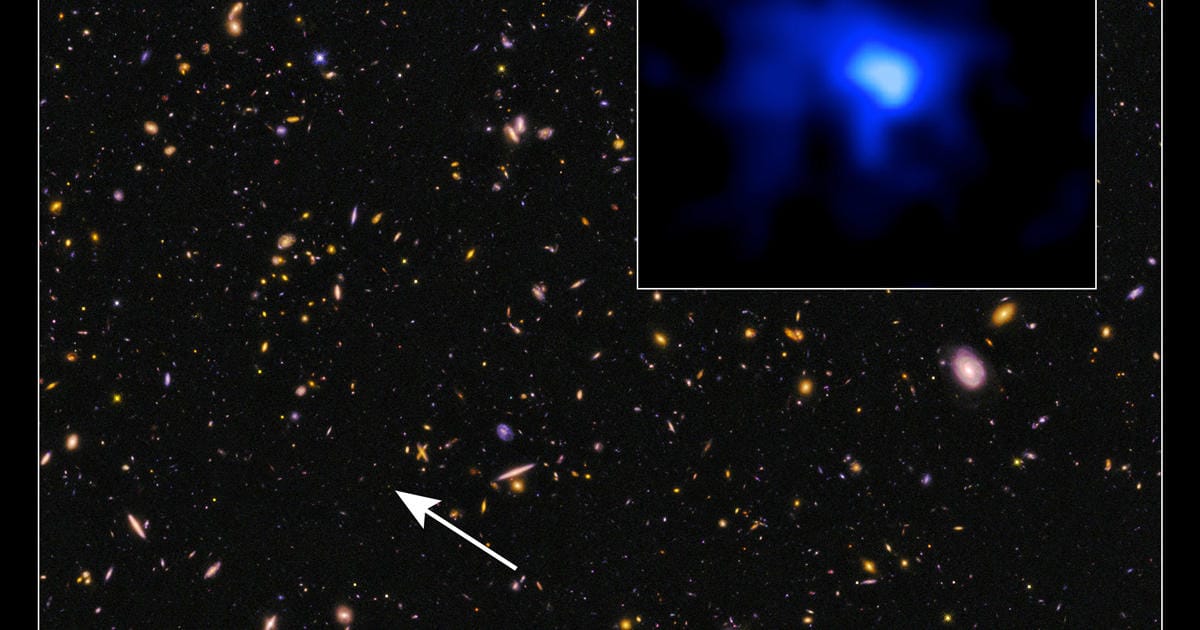In a groundbreaking discovery, paleoanthropologists have unearthed fossil remains in China that suggest the existence of a new species of early human. The fossils, found in the Xujiayao site in northern China, are estimated to be around 80,000 years old and exhibit a unique blend of both modern human and archaic features. This new species, tentatively named Homo longi, has the potential to rewrite our understanding of human evolution and the diversity of early human populations.
The Xujiayao site has been a subject of interest for paleoanthropologists for several decades, known for its rich collection of fossil remains dating back to the Middle Pleistocene epoch. The recent discovery includes well-preserved cranial and dental fossils that provide a wealth of information about the physical characteristics and evolutionary history of this new species. The fossils exhibit a combination of features that are seen in both modern humans and archaic species such as Homo erectus and Homo heidelbergensis. However, they also possess distinct characteristics that set them apart from these known species.
One of the most notable features of the Homo longi fossils is their cranial capacity, which is estimated to be around 1,320 cubic centimeters. This is significantly larger than the cranial capacity of modern humans, which averages around 1,200 cubic centimeters. The larger cranial capacity suggests that Homo longi may have had more advanced cognitive abilities compared to other archaic species. Additionally, the fossils exhibit a unique combination of facial features, including a pronounced brow ridge, a wide and flat nasal aperture, and a protruding jaw, which are not seen in any known human species.
The discovery of Homo longi also has significant implications for our understanding of the evolutionary history of modern humans. The fossils are dated to around the same time period as the emergence of modern humans in Africa, suggesting that there may have been multiple independent evolutionary paths leading to the development of modern human-like features. This challenges the previously held view that modern humans evolved from a single ancestral population in Africa.
Furthermore, the discovery of Homo longi in China adds to a growing body of evidence that Asia played a crucial role in human evolution. Over the past few decades, several significant fossil discoveries have been made in China and other parts of Asia, including the famous “Red Deer Cave people” and the “Dragon Man” skull. These discoveries have challenged the traditional view of Africa as the sole cradle of human evolution and highlighted the complex and interconnected nature of human evolution across different continents.
The ongoing study of the Homo longi fossils is expected to provide further insights into the evolutionary history of our species and the diversity of early human populations. Paleoanthropologists are currently conducting detailed analyses of the fossils, including CT scans and 3D modeling, to gain a better understanding of the anatomical features and potential behaviors of this new species. Additionally, researchers are exploring the possibility of extracting ancient DNA from the fossils, which could provide valuable genetic information about the relationship between Homo longi and other human species.
In conclusion, the discovery of Homo longi in China represents a significant milestone in our understanding of human evolution. The unique combination of features exhibited by these fossils suggests the existence of a new species of early human, potentially adding a new branch to the human family tree. As we continue to study and learn more about Homo longi, we are likely to gain new insights into the complex and dynamic nature of human evolution and the diversity of early human populations.



